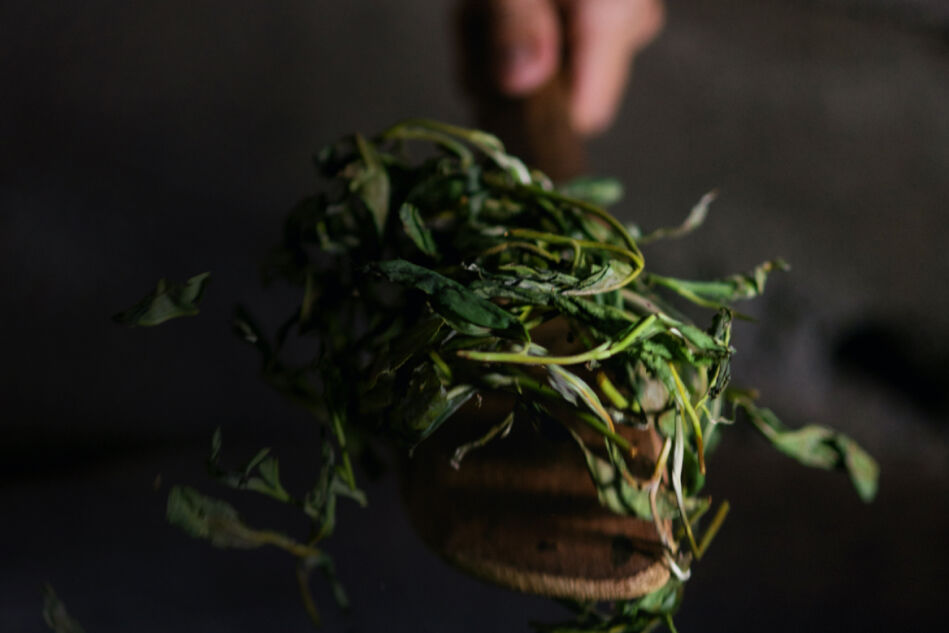Mild, more aromatic and darker.
How the colour and flavour of a tea are created.
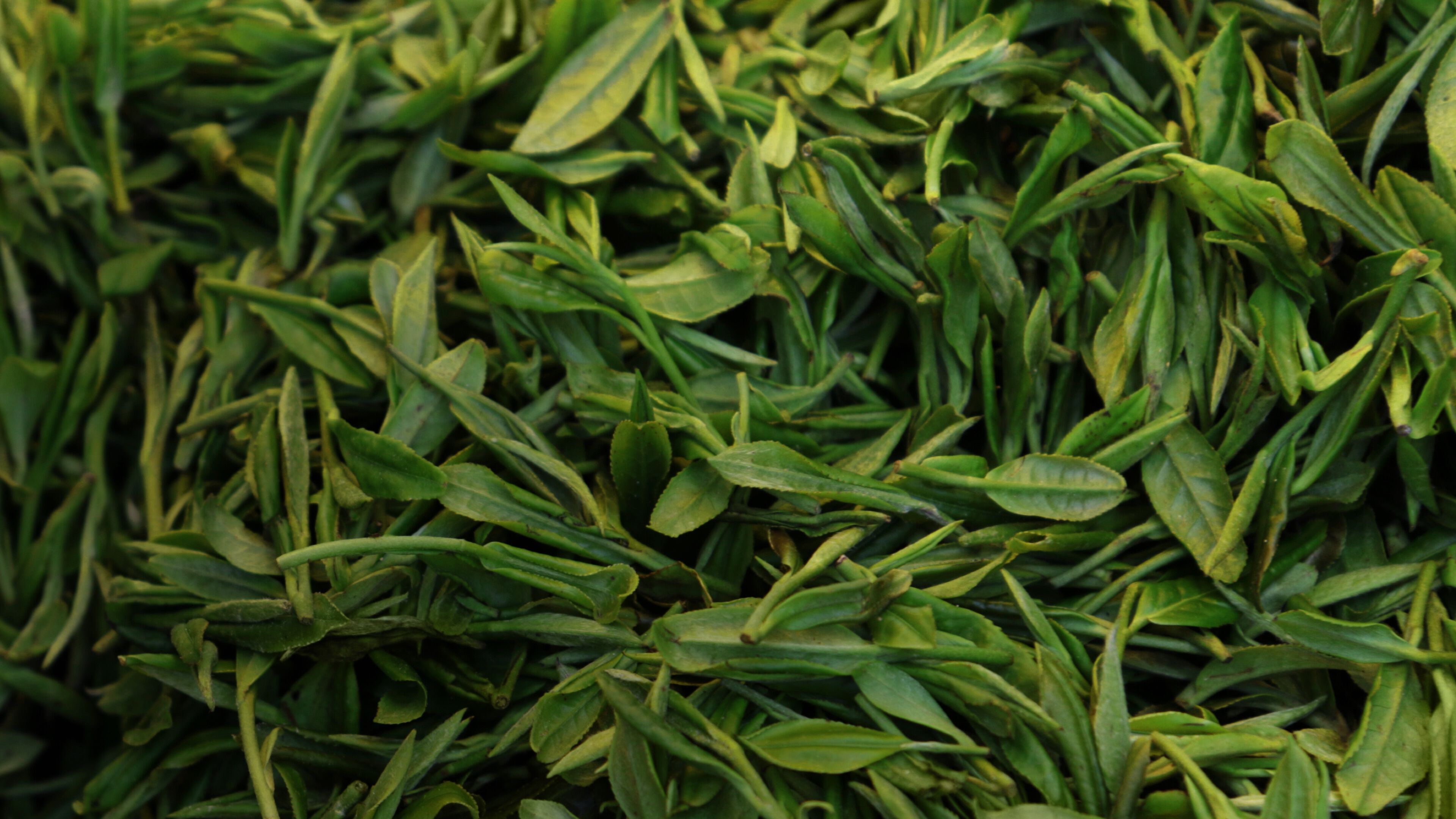
Oxidation - a term that will be unfamiliar to many and the understanding of which will be only vague for most. Yet this is a process that occurs in many everyday settings — from lighting a candle to burning wood in a hearth. What is less well known, however, but no less relevant is the role that oxidation plays in the production of teas. So continue reading to find out in detail what actually happens and how this process changes the colour and flavour of a tea.
Starting with the basics.
Oxidation is a process in which a substance reacts with oxygen. This process is initiated in the case of tea when the leaves are rolled; this disrupts the cell walls of the leaves so that the leaf juices are released and come into contact with oxygen on the leaf surfaces. As effective oxidation is essential to produce a high quality tea, this natural process is usually carefully controlled.
For this purpose, the dark green, still moist tea leaves are spread in layers of some 10 cm in depth on trays, tables or the ground. This takes place in a special fermentation room in which humidifiers provide the required level of ambient moisture. This is because an environment with a humidity of 95% and an ambient temperature of 23 to 26°C is needed to ensure uniform oxidation of the leaves. The leaves are also moistened with water, Depending on the resultant tea type required, this process can be extended for 2 or 3 - or in some cases - up to 7 hours. It is the tea master who decides when oxidation is to be considered complete. Once the tea has developed its typical aroma and the desired colour, the drying process is commenced - at which point, oxidation ceases.
Green becomes red.
So what exactly happens during oxidation? In black teas, the bitter substances present known as cathechins are converted to theaflavins and thearubigins. These are secondary plant metabolites that increase the shelf life of black teas and make them more readily transportable. They are also responsible for the conversion to the typical reddish-orange coloration of the originally brownish-green tea leaves.
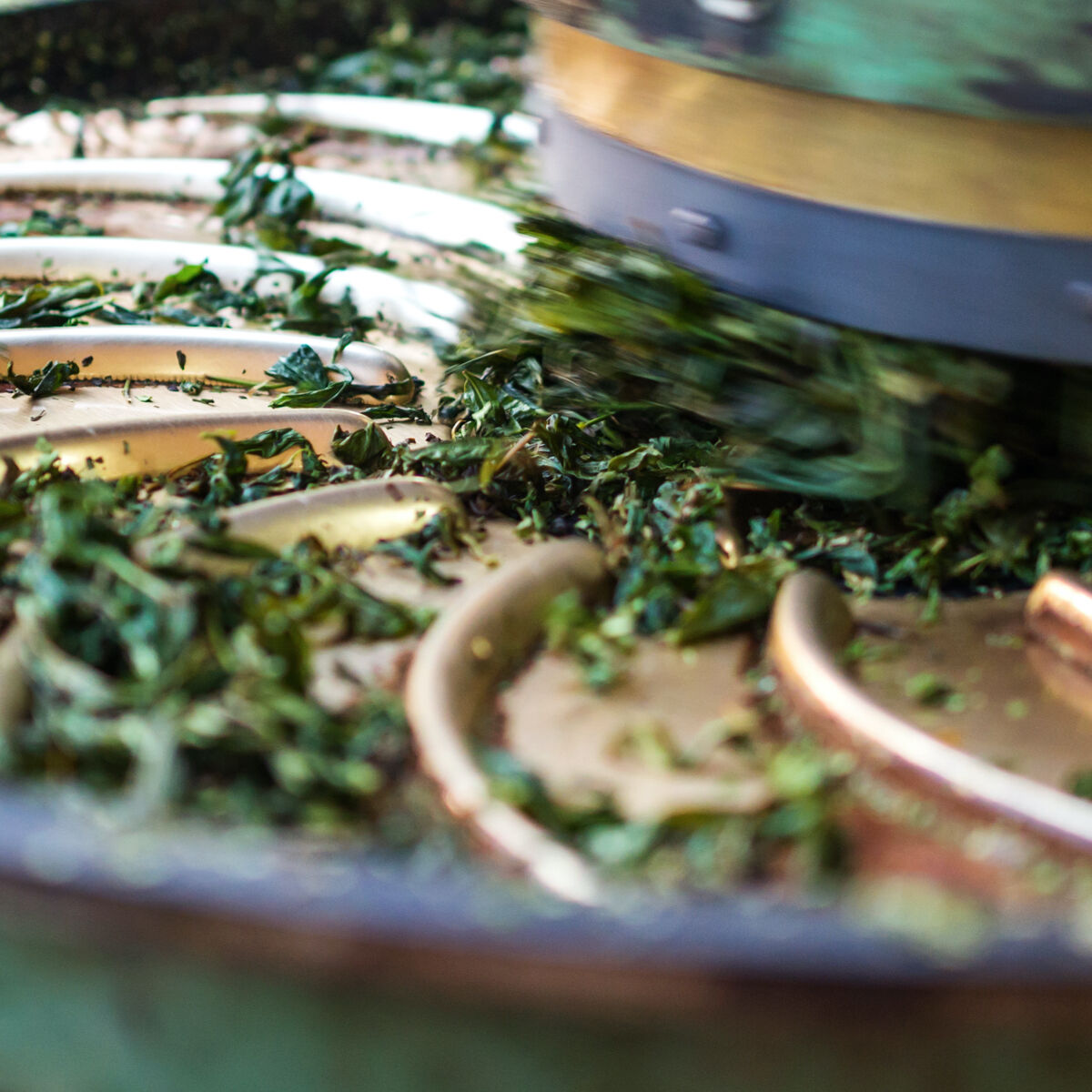
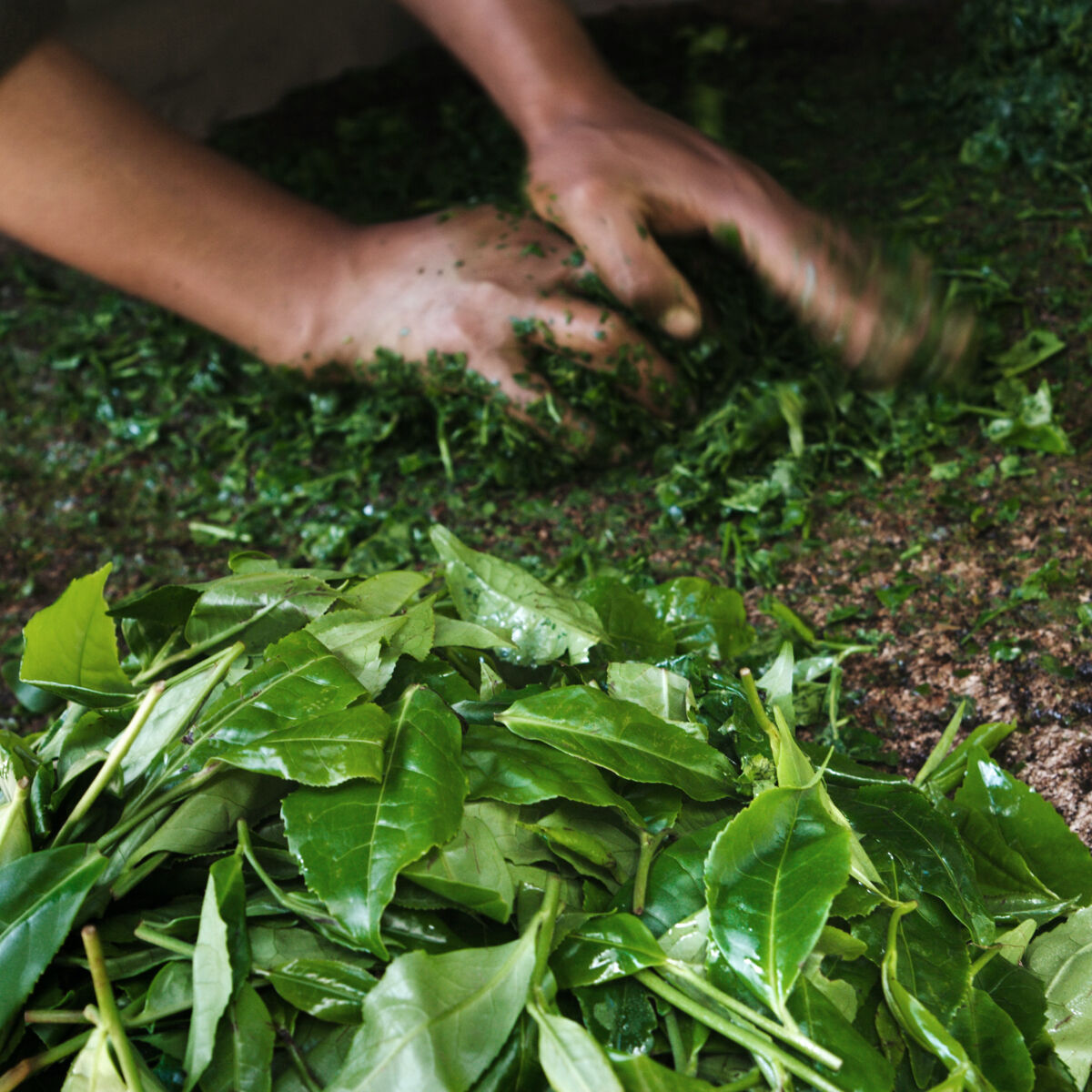
How the various types of tea are made.
Black, green and white - the diverse types of tea differ not only with regard to their appearance but also in terms of their flavour. These differences are also attributable to oxidation as the process is varied for each type of tea. The classic example, so to speak is black tea, which undergoes complete oxidation. As a result, it develops its characteristic aroma while the originally somewhat bitter taste of the tea leaves can vary.
In contrast, green tea is subjected to the lowest level of oxidation - it is dried directly after withering. Oxidation is prevented by exposing the fresh tea leaves to hot water vapour at a temperature of 120°C. As green tea does not undergo oxidation, many bitter substances are retained in the leaves. It is these that give it its distinctive acerbity; green tea types such as ORIGINAL GENMAICHA are therefore considered to be excellent aids to digestion.
Oolong tea is semi-oxidised and its flavour is therefore somewhere between that of black and green tea. It combines the fresh taste of green tea with the aromas of black tea. But oolong teas can also differ depending on the extent of oxidation they have undergone. Those oxidised by only 10-30% are mainly characterized by floral notes and thus evoke a walk during springtime while more extensively oxidised oolongs have aromas reminiscent of cocoa, pastries or caramel.
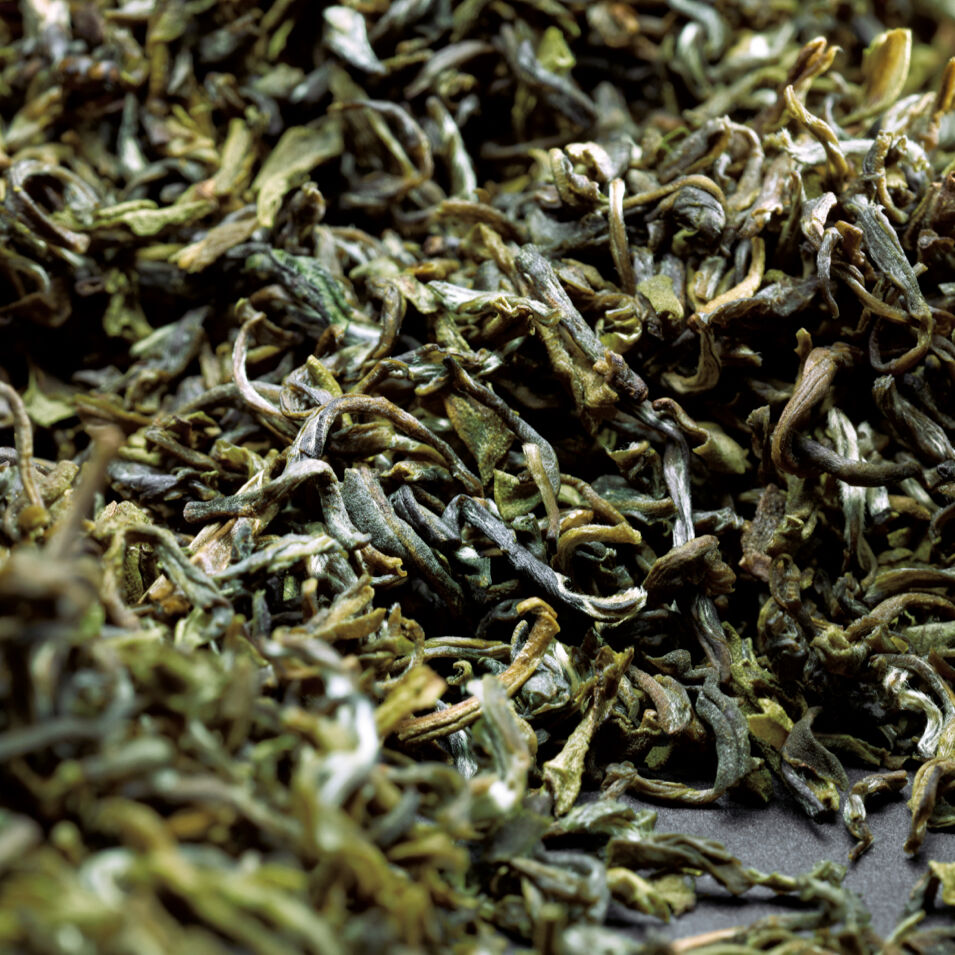
One unusual type of tea is pu-erh tea, the only kind of tea that is fermented. Although the terms ‘oxidation’ and ‘fermentation’ are commonly used ssynonymously in the context of tea production, the two processes differ significantly. Oxidation occurs when the juices of tea leaves are released by means of rolling so that they can react with oxygen. Fermentation, on the other hand, involves of 7 a process that results in the development of flavours of various foodstuffs and other consumables. Most types of tea are - if at all - oxidised only as they are not exposed to enzymes or microorganisms. Pu-erh tea, however, is refined using microorganisms that transform the tannins and bitter substances, sugar and amino acids present in the tea leaves into the required flavourings. Hence a highly fermented pu-erh tea has a milder flavour than other types of tea and has a slightly sweet taste.
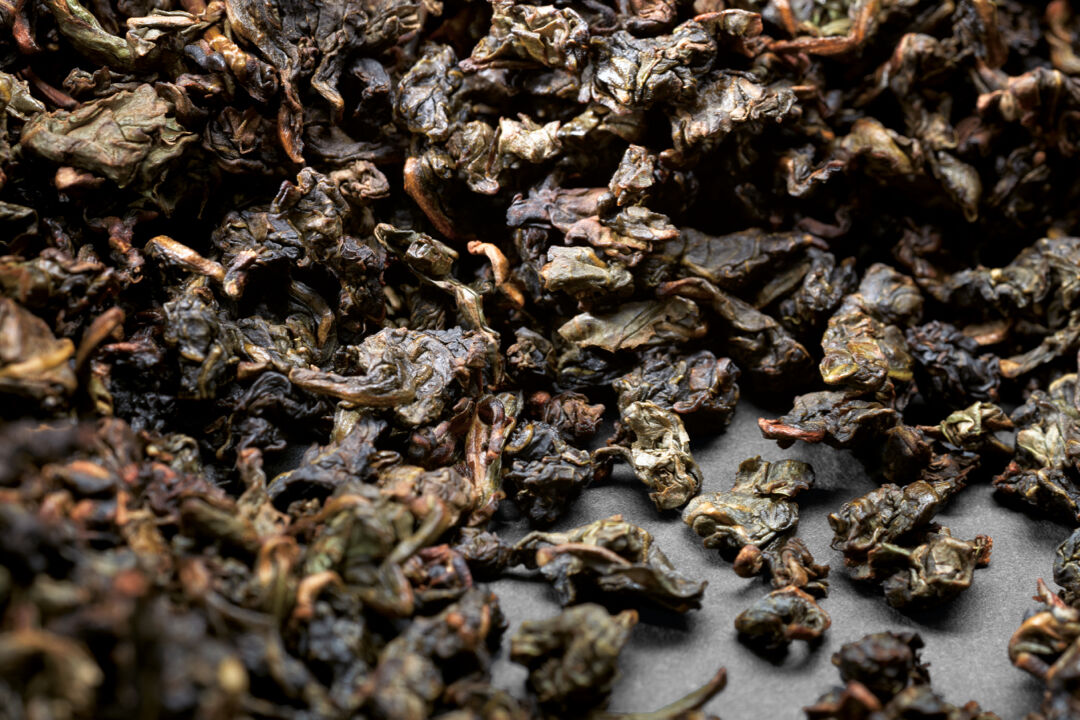
More articles
More articles

Not less, but better.
Sharpening one's own awareness. Recognizing what one really needs. Giving things new appreciation. That's what minimalism is about. Following the motto 'less is more', more and more people are embracing the desire for clarity and order – even in the design of their homes.

Should we always follow our nose?
23,000 times – that´s how many breaths we take on average per day. And that means a multitude off different scents float in through our nose evoking a wide variety of reactions in us. In this article we´ll explain the psychological reasons behind this and why we should let our noses discover new things more often.
